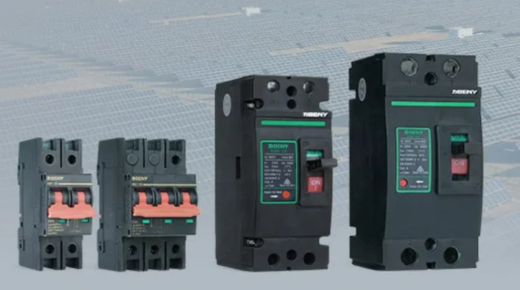When it comes to home electrical safety, choosing the right components is just as important as proper installation. From everyday switches to protective circuit breakers, each plays a crucial role in maintaining a safe and functional environment. Among these, switches for home, MCBs, and MCCBs are essential elements that ensure convenience, efficiency, and protection from electrical faults.
What switches do we use for our home?
Home switches are more than just basic on/off devices; they are the gateway to controlling the flow of electricity in your living space. Today’s modern switches come in sleek designs and with advanced features such as soft-touch operation, indicators, and even smart connectivity. Whether you’re turning on a light or powering a fan, switches are the user-facing control tools in your home’s electrical system.
When choosing switches, consider quality, safety certifications, and style. Modular switches are a popular choice, offering flexibility, improved aesthetics, and easier maintenance. Some high-end switches even support automation, allowing for control via a smartphone or voice assistant, making them ideal for tech-savvy homes.
Understanding MCBs: The First Line of Defense
Miniature Circuit Breakers (MCBs) are critical for protecting your home’s electrical circuits. They automatically cut off the electrical supply in the event of an overload or short circuit. MCBs are designed to react quickly and prevent damage to wiring, appliances, and other electrical infrastructure.
Unlike traditional fuses, MCBs can be reset after tripping, making them more convenient and reliable. They are compact and commonly used in residential settings, safeguarding individual circuits such as lighting, air conditioning, and kitchen appliances. Choosing the right MCB involves considering the circuit load and application; residential MCBs typically range from 6a to 32a.
When to Use MCCBs in Homes
While MCBs are ideal for low-energy residential circuits, Moulded-Case Circuit Breakers (MCCBS) are designed for higher-capacity circuits. MCCBs protect against overloads, short circuits, and even ground faults. Although typically used in commercial or industrial environments, MCCBs can also be suitable for large residential properties or homes with high power consumption needs.
MCCBs offer adjustable trip settings, making them more versatile and suitable for handling a diverse range of electrical loads. They are perfect for applications such as heavy-duty HVAC systems, electric vehicle charging setups, or homes with extensive automation systems.
Conclusion: Make Safety a Priority
Incorporating high-quality switches for home, along with the appropriate use of MCBs and MCCBs, forms the backbone of a secure and efficient electrical system. These components not only support daily functionality but also provide essential protection against overloads, short circuits, and other potential risks. Whether you’re building a new home or upgrading an existing one, working with a certified electrician and selecting the right devices ensures long-term safety and reliable performance.
As homes become more connected and powered by a growing number of smart devices and appliances, the demand for dependable electrical infrastructure increases. In this evolving landscape, investing in the right switching and circuit protection solutions is no longer optional; it’s a necessary step toward creating a safe, modern home.

